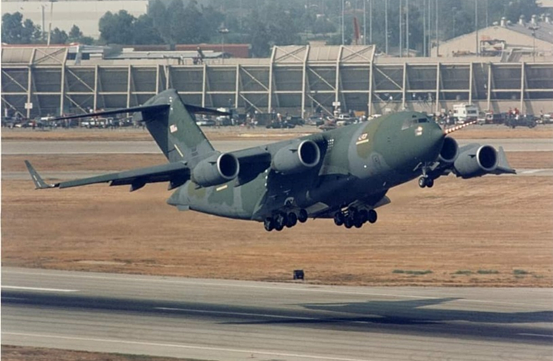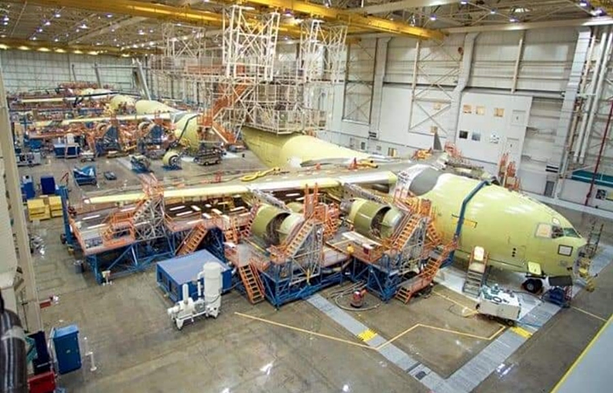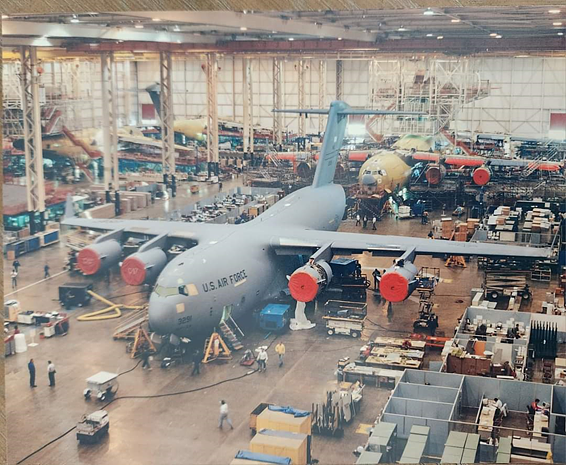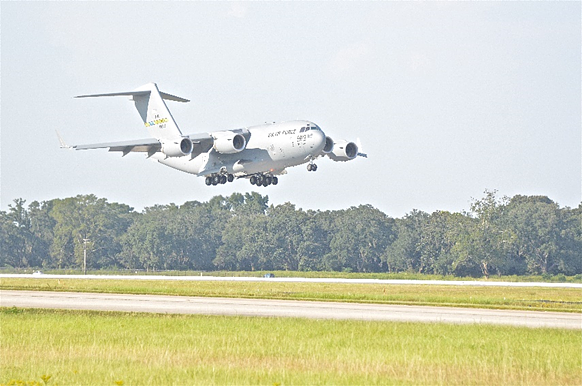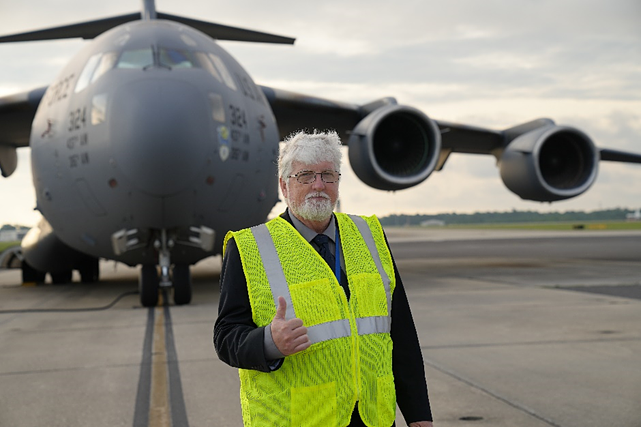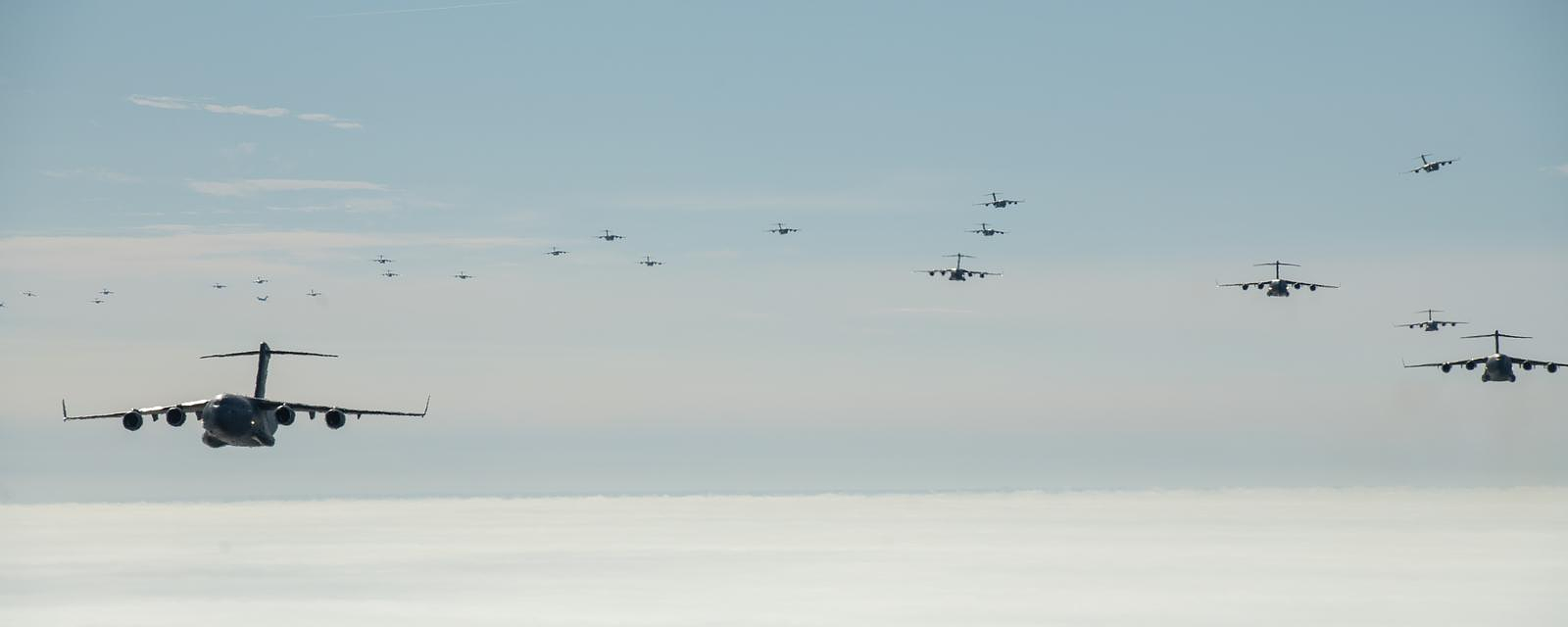Walter Allen remembers the beginning of Boeing’s work on the C-17 like it was yesterday.
Resembling an elephant with its size and shade of gray, the military aircraft slowly rolled along the taxiway.
Onlookers watched with anticipation as the four engines roared to full power. With more than 160,000 pounds (712,000 Newtons) of thrust, and almost as wide as it is long, the C-17 Globemaster III catapulted down the runway.
As its nose turned up, the notable winglets came into view, the tail designated with 9192 (P-6). The crowd cheered as the first C-17 made its way to military service.
It was June 14, 1993, at the airport in Long Beach, California, when Allen watched the takeoff of that first C-17 delivery flight.
One could say the rest is history. But that’s not where the C-17 story ends.
For 30 years, the C-17 has continued making history as a flexible cargo aircraft for its nine global customers.
Allen, a C-17 Field Engineering and Technical Support manager for Boeing, has been along for the ride since that day in 1993.
“To be there and see the first delivery take off brought great pride,” said Allen. “As the entire team cheered, we knew our efforts pointed towards support and sustainment of the C-17.”
Allen notes the customer purchased a full logistics package as part of the original contract. Meaning, Boeing would perform critical sustainment activities, including engineering, field support and material management.
Part of Boeing’s obligation included providing support equipment 30 days prior to the first aircraft delivery.
“Ensuring test program sets and automated stations were delivered and operational on time 30 days prior to the first aircraft was a unique challenge as it was the first time this had been done,” said Allen.
Allen was hooked. He accepted a contract at Joint Base Charleston (JBC) to provide engineering support, and after a cross-country move from California to South Carolina, was reunited with P-6.
From the beginning, Allen states the program’s goal was to ensure the sustainment of the aircraft while training the customer and providing on-site support. Boeing teammates working on C-17 became such a common site at JBC that the customer opted for a formal on-site Boeing personnel contract.
With the routine turnover of the U.S. Air Force, Allen mentions the Boeing team was seen as a resource for their institutional knowledge of the platform. This approach of providing on-site support and over-the-shoulder training is still used today.
“The C-17 is a tremendous product and one would not believe what we have accomplished with this aircraft,” said Allen. “Our ‘secret sauce’ is really our determination to provide the best in customer service.”
Over the past 30 years, the C-17 has conducted multiple combat and humanitarian relief mission, most notably the 2021 evacuation of Afghanistan. This past January, the U.S. Air Force set a record for launching the most C-17s from a single base during a readiness exercise.
To be customers’ first choice, Global Services is fostering a Service Champion Culture. By nurturing empowered, agile and innovative global teams, we’ll remain a reliable, solutions-oriented service provider. Read more.
By Barry Edwards
